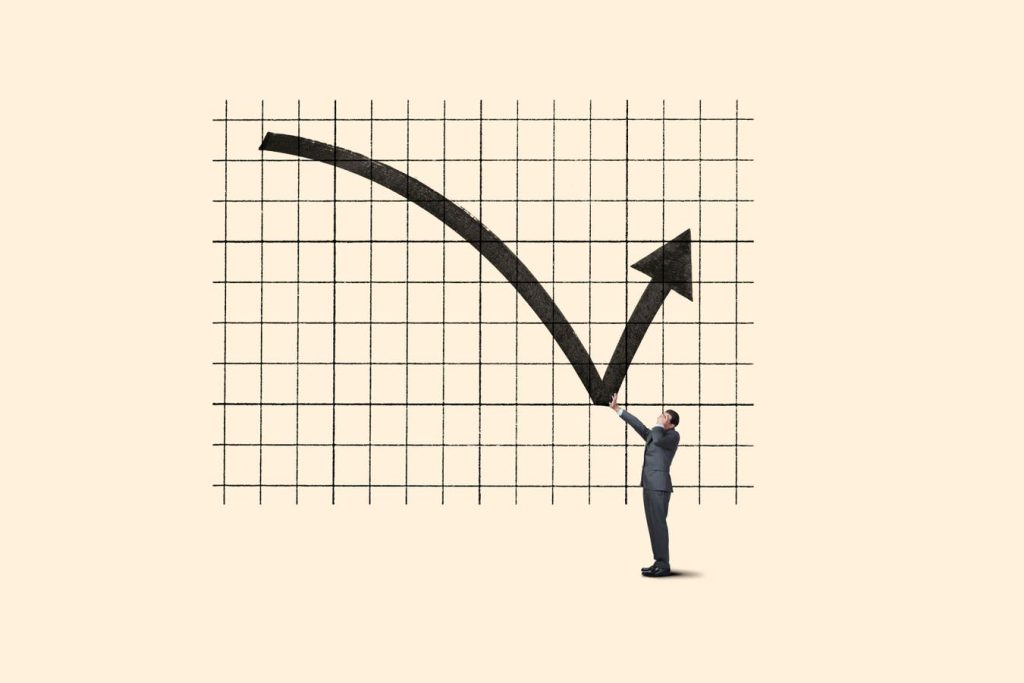What are HSAs?
HSAs carry a triple tax advantage: Account contributions are tax-free, as are investment earnings and withdrawals if used for qualified expenses.
Consumers can use HSA funds for a non-qualified purchase — but they’d lose a prong of the three-tiered tax benefit. A withdrawal would be taxed as income, similar to the way a pre-tax 401(k) or individual retirement account works.
In an ideal world, consumers would be able to fully fund their HSA each year and pay for current health costs out-of-pocket, leaving the accounts untouched until retirement, according to financial advisors.
“The compounding of earnings could fund all your health care when you’re old,” said Carolyn McClanahan, a physician and certified financial planner, based in Jacksonville, Florida.
But it’s not always possible to use HSAs that way — especially for lower and middle earners who may not be able to shoulder those expenses. HSAs are typically paired with high-deductible health plans which, depending on the plan, could generate big bills for medical care.
Here are four cases in which HSA funds can be applied to premiums:
1. COBRA premiums
Premiums for health-care continuation coverage such as COBRA count as a qualified expense, according to the IRS.
COBRA lets people who lose health benefits — due to circumstances like job loss, reduction in the hours worked, jobs transitions, death or divorce — continue their workplace health coverage on a temporary basis.
COBRA coverage typically allows consumers to keep the same health-care providers, but the coverage is often pricey.
When employed, workers generally only pay a share of the total premium, with the rest subsidized by their employer. With COBRA coverage, however, individuals may have to cover the full premium, up to 102% of the cost to the plan.
The total average premium for single coverage through a workplace plan in 2023 is $703 a month, or $8,435 a year, according to KFF, a nonprofit health data provider. For families, it’s $1,997 a month, or $23,968 a year.
2. Premiums while on unemployment
Health premiums paid by someone receiving unemployment compensation under federal or state law are also eligible.
These might be premiums for COBRA or a health plan purchased over an Affordable Care Act marketplace, for example.
3. Medicare premiums
Medicare premiums for people age 65 and older are also qualified, according to the IRS.
This would include premiums for Parts A (hospital insurance), B (medical insurance) and D (prescription drug coverage).
However, premiums for Medicare supplemental health policies — like Medigap plans — aren’t qualified.
“The big mistake I see over and over is people thinking they can use HSAs for Medigap expenses,” McClanahan said.
Medicare beneficiaries don’t have to pay their premiums directly with an HSA to get the benefit. They can pay from their Social Security checks or from a bank account, for example, and reimburse themselves with their HSAs later, McClanahan said. Keep records and receipts of all these transactions, she advised.
There’s an additional caveat: If the HSA owner isn’t 65 years or older, then Medicare premiums for a spouse or a dependent who is 65 or older generally aren’t qualified, the IRS said.
4. Long-term care premiums
Consumers can also use their HSAs to pay for long-term care insurance premiums.
There are dollar limits on qualified premiums on based on age. Here was the breakdown for 2022:
- Age 40 or under — up to $450
- Age 41 to 50 — $850
- Age 51 to 60 — $1,690
- Age 61 to 70 — $4,510
- Age 71 or over—$5,640
The age corresponds to the person for whom the premiums were paid. The dollar limits are updated annually.
The insurance must be a “qualified long-term care insurance contract,” as defined in IRS Publication 502.
Ideally, consumers would pay out of pocket for their long-term care premiums before they retire, McClanahan said. However, it generally makes sense to use an HSA to pay these qualified premiums if they’re retired and now living off their savings, she said.
Read the full article here







